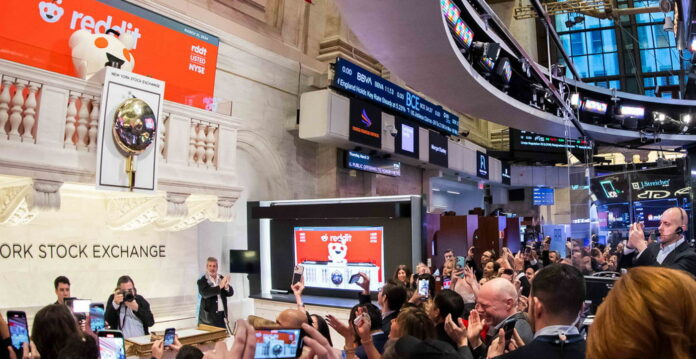The New York Stock Exchange (NYSE) is the largest stock exchange in the world, located on Wall Street in New York City’s Financial District. Founded in 1792, it has a rich history and plays a pivotal role in global finance. The NYSE facilitates the buying and selling of stocks for thousands of companies, including some of the world’s largest corporations.
Its iconic trading floor, bustling with activity, is a symbol of Wall Street’s influence on the global economy. The NYSE is known for its opening and closing bell ceremonies, where dignitaries and celebrities ring the bell to mark the beginning and end of the trading day, respectively. With its stringent listing requirements and rigorous regulatory oversight, the NYSE provides investors with confidence and stability in the financial markets.
Interesting Facts About New York Stock Exchange
- The New York Stock Exchange was founded on May 17, 1792, under a buttonwood tree on Wall Street.
- The NYSE is also known as the “Big Board” or “The Exchange.”
- The first company listed on the NYSE was the Bank of New York.
- The iconic NYSE building on Wall Street is one of the most recognizable landmarks in New York City.
- The NYSE trading floor covers approximately 20,000 square feet and is the largest in the world.
- The Exchange operates as a hybrid market, combining both electronic and floor-based trading.
- The NYSE became a publicly traded company itself in 2006, following its acquisition by Intercontinental Exchange (ICE).
- The opening bell ceremony at the NYSE dates back to 1903, when the Exchange moved to its current location on Broad Street.
- The closing bell ceremony was introduced in 1995 to mark the end of the trading day.
- The NYSE is regulated by the Securities and Exchange Commission (SEC) and self-regulatory organizations such as FINRA.
- The NYSE is home to the world’s most famous stock market index, the Dow Jones Industrial Average (DJIA).
- The NYSE operates from Monday to Friday, with trading hours from 9:30 am to 4:00 pm Eastern Time.
- The Exchange has strict listing requirements for companies, including minimum market capitalization, share price, and financial reporting standards.
- The NYSE temporarily closed for trading for four months during World War I in 1914.
- The NYSE was closed for four days following the September 11, 2001 terrorist attacks.
- The trading floor of the NYSE is divided into different trading posts, each specializing in specific types of securities.
- The NYSE employs specialists, also known as “market makers,” who help facilitate trading and maintain orderly markets.
- The Exchange has faced criticism for its handling of market crashes and trading disruptions, including the Flash Crash of 2010.
- The NYSE has a long-standing tradition of ringing the bell to celebrate special occasions and milestones, such as initial public offerings (IPOs) and anniversaries.
- The NYSE merged with Archipelago Holdings in 2005 to become a publicly traded company.
- The NYSE introduced electronic trading in 2006 with the launch of NYSE Arca.
- The NYSE operates several other stock exchanges, including NYSE American, NYSE Arca Equities, and NYSE National.
- The Exchange has a market capitalization of over $20 trillion, making it the largest stock exchange in the world by this measure.
- The NYSE faced criticism for its role in the subprime mortgage crisis of 2008 and subsequent financial meltdown.
- The NYSE experienced its longest-ever trading suspension during World War II, lasting from July 31, 1914, to December 15, 1914.
- The Exchange has been the target of cyber attacks and hacking attempts in recent years, prompting increased cybersecurity measures.
- The NYSE temporarily closed its trading floor in March 2020 due to the COVID-19 pandemic, switching to fully electronic trading.
- The NYSE hosts an annual Christmas tree lighting ceremony on Wall Street, a tradition dating back to 1923.
- The NYSE has faced competition from other stock exchanges, including the Nasdaq Stock Market and global exchanges in London, Tokyo, and Hong Kong.
- The NYSE is a symbol of American capitalism and free enterprise, representing the dynamism and innovation of the U.S. economy.
